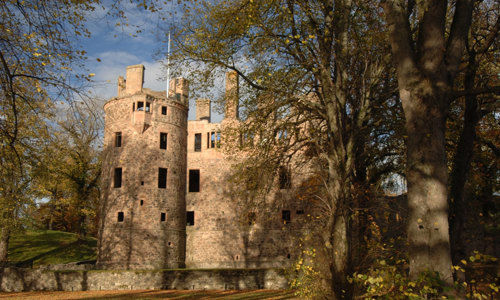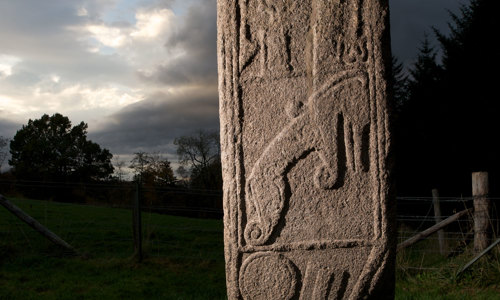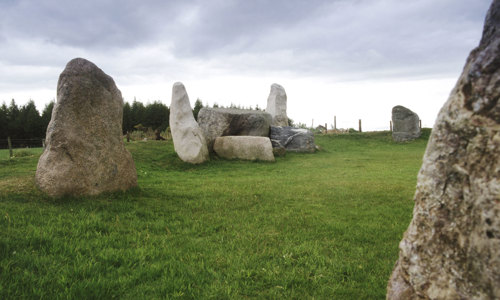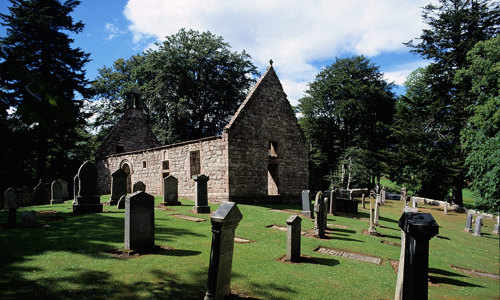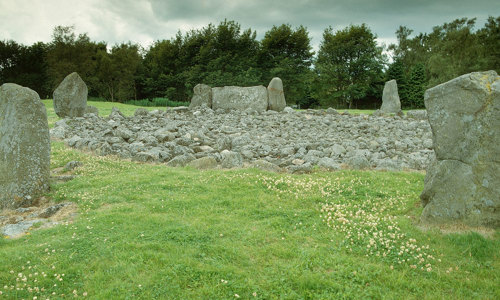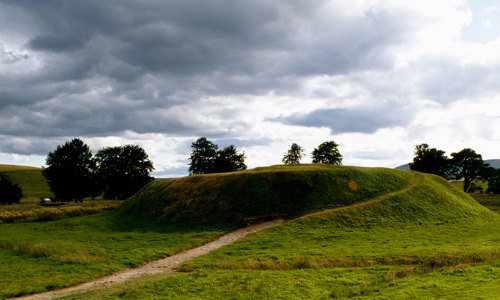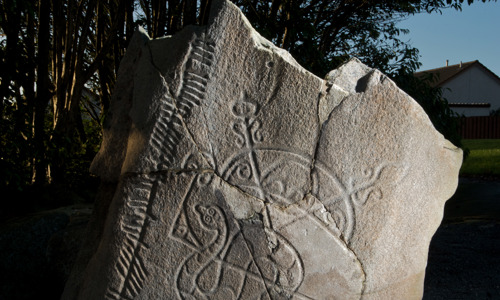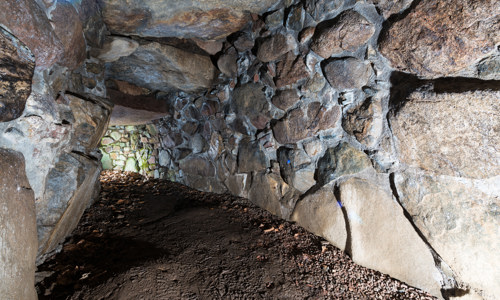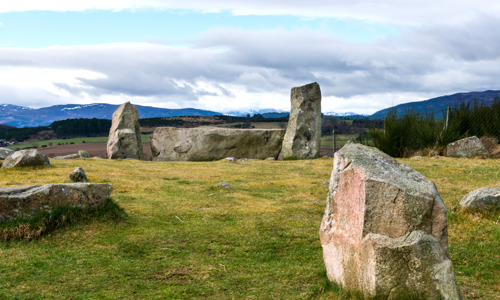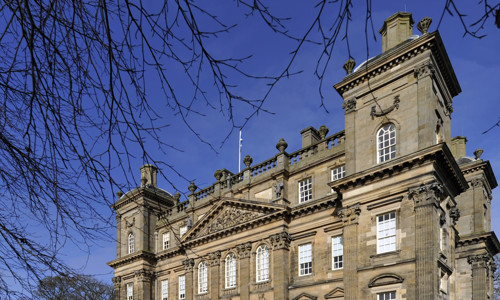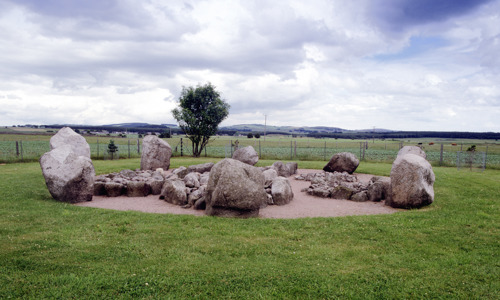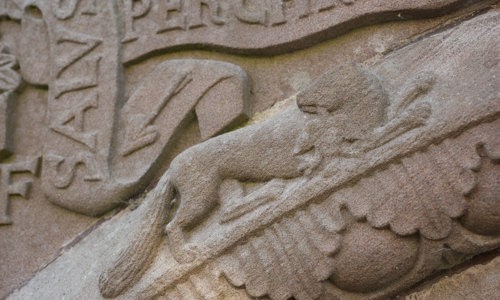History
A special stone
The Picardy Symbol Stone is unusual in that it may be directly associated with a burial.
Excavations carried out in 1856 showed that the stone once stood on a 2m wide circular cairn, with an extended grave running east-to-west nearby. It’s highly possible that the cairn, stone and burial all formed part of one single burial monument - though the excavations are poorly recorded, so it is difficult to be certain.
These excavations also indicate that the stone remains in its original spot, where it was carved and possibly erected by the Picts.
Nothing survives of the cairn or grave today.
Mysterious carvings
The carvings on the Picardy Stone are typical of early Pictish symbol stones. From the top, the south face of the stone is carved with:
- a double-disc and Z-rod
- a tightly coiled serpent and Z-rod
- a simple mirror
The precise meaning of these carvings is unknown, and remains the subject of debate.
Legacy of the Picts
We don’t know a lot about the Picts, the descendants of Iron-Age tribes who occupied the area north of the Forth and Clyde estuaries in the first millennium AD. They left about 300 carved stones across the country. The earliest of these stones, including the Picardy Stone, date to about AD 600 and display a variety of enigmatic symbols.
The later group of Pictish stones, after about AD 700, were more overtly Christian cross-slabs. On these, the Christian cross dominates the traditional symbols.
The Picardy Stone seems to serve as a memorial or burial marker. But on the whole, we don’t know why the Picts erected these stones. It is certain that they are skilfully executed works of art.


